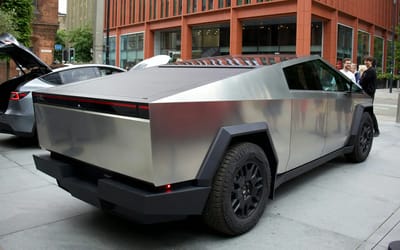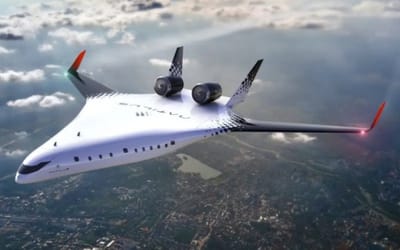The fastest plane in the world doesn’t need armor – it’s faster than missiles!
Published on May 14, 2022 at 2:33 PM (UTC+4)
by Kate Bain
Last updated on Feb 24, 2023 at 2:17 PM (UTC+4)
Edited by
Kate Bain
The Lockheed SR-71 Blackbird is the fastest jet in the world and its top speed of 3,500km/h (2,100 mph) means it can outrun most missiles.
The jet first flew in 1964 and was still used by the US military right up until 1999.
It was an iconic symbol of Cold War tech and was used to spy on the Soviet Union.
The SR-71 Blackbird’s skills in the sky are the stuff of legend and its speed is still unrivalled.
Well, until the SR-72 (Son of Blackbird) is finished – but more on that later.
Why was the SR-71 made?
The US already had a high-altitude spy plane with the Lockheed U-2.
While the U-2 is a great spy plane (it’s still in use today!), it was far from flawless.
At first, no surface to air missiles (SAMs) or interceptor aircraft could reach it because it flew so high.
But Soviet SAMs soon got so hi-tech they could shoot the U-2 out of the sky even when it was at its highest heights.
CHECK THIS OUT!
This actually happened too – pilot Gary Powers was shot down in 1960 over Sverdlosk (now known as Yekaterinburg) in Russia.
Now the US knew that Soviet missiles could kill the U-2, it had to think of a spy plane that could fly even higher.
It also had to be much, much faster.
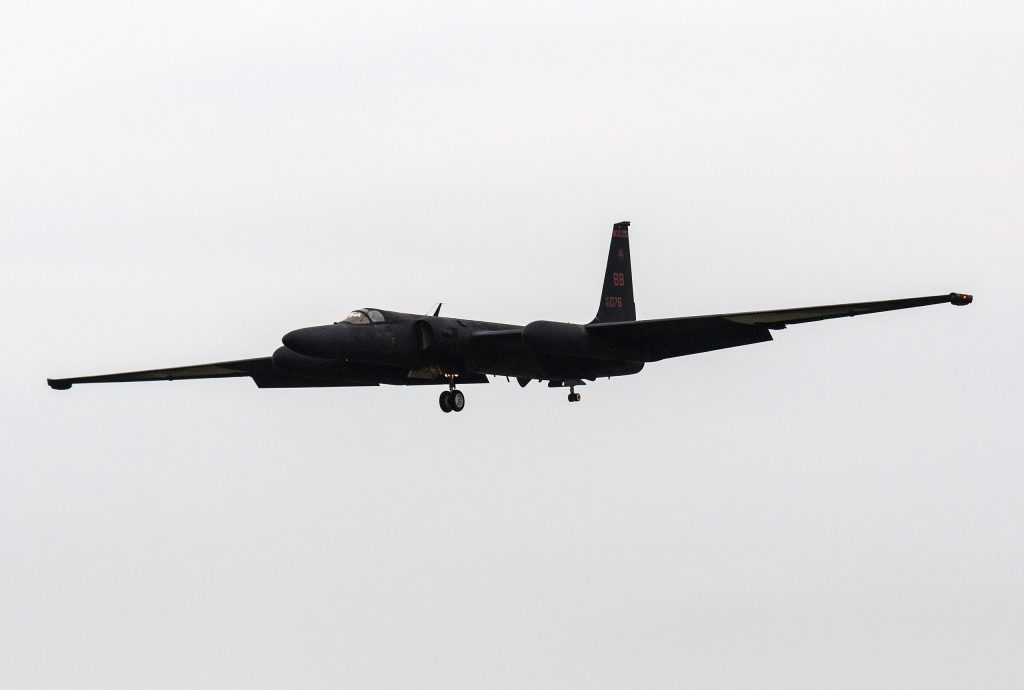
The challenge of building the SR-71 Blackbird
The SR-71 Blackbird was designed to be able to hit speeds faster than Mach 3 and altitudes of up to 24,000 metres (80,000 feet).
To achieve this, Lockheed Martin needed to overcome some serious challenges.
The aircraft’s body was made out of titanium.
Titanium was pretty much the only material available that could withstand the extreme heat generated by flying at more than three times the speed of sound.
The cockpit glass was made of quartz, regular glass would have melted.
READ MORE: Top Gun: Maverick jet looked so real China ‘used a satellite to spy on it’
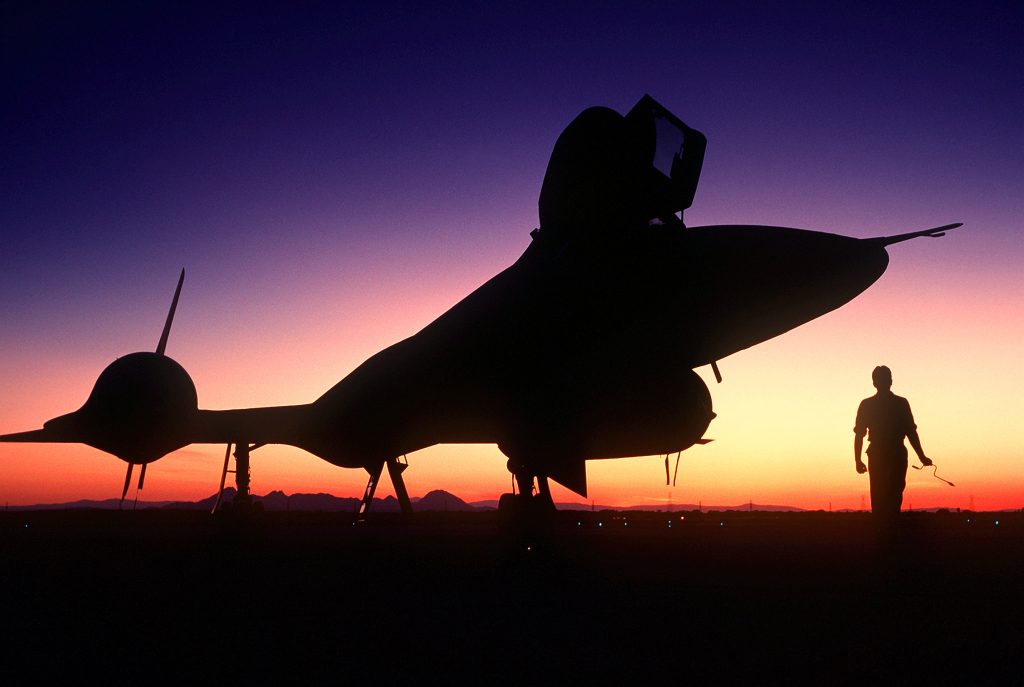
A new type of fuel also had to be developed for the Blackbird.
A bunch of experimental fuels were floated as being able to power it.
Even coal slurry(!) and liquid hydrogen were options.
In the end, it used a jet fuel known as JP-7.
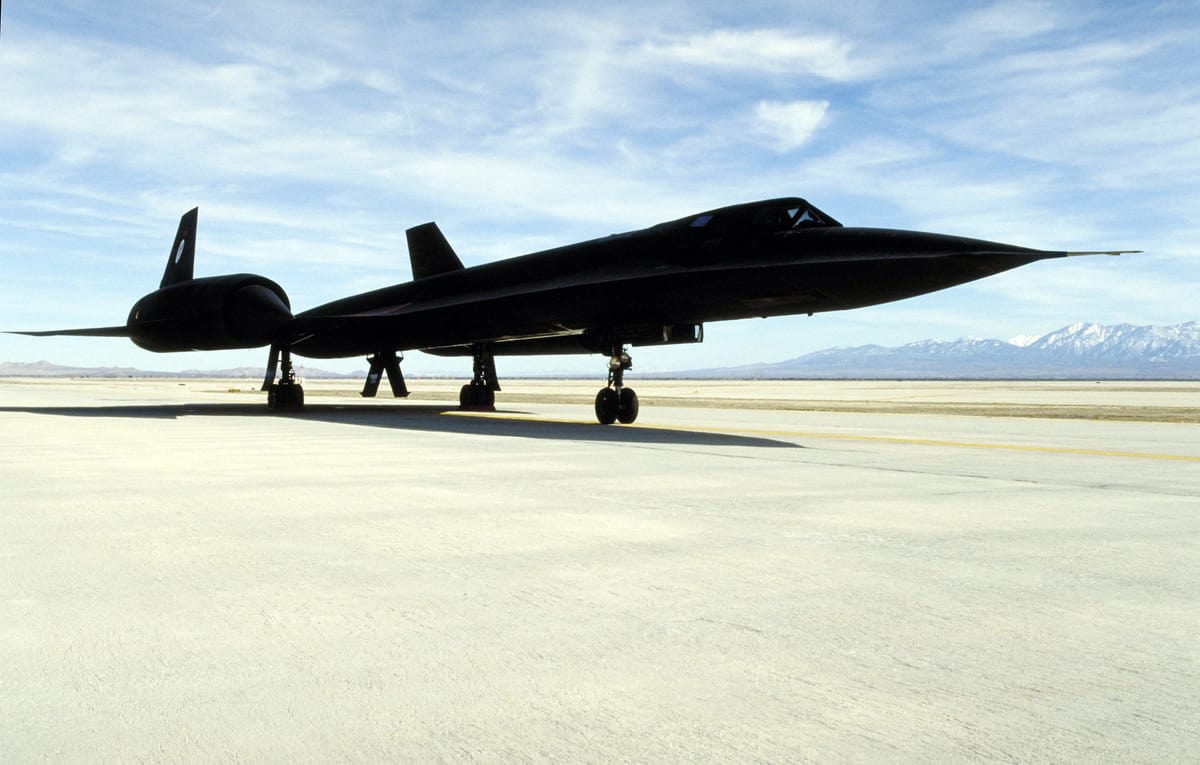
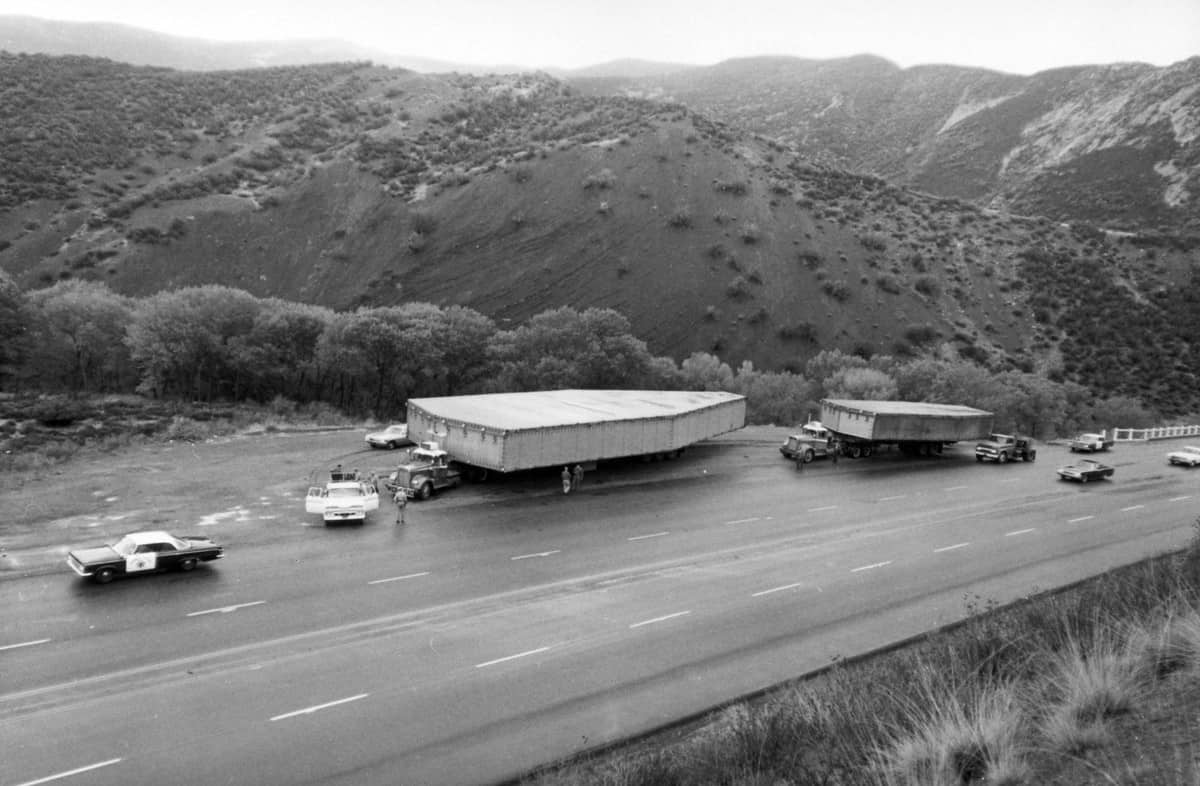
The turbo-ramjet engine
A unique engine design, the J58, was made for the Blackbird by Pratt & Whitney.
They’re known as “turbo-ramjet” engines.
At lower speeds, they act like normal turbojets.
The distinctive spike at the front of the air intakes retract when it reached about Mach 2.5.
A pair of bypass doors would also open around the engines.
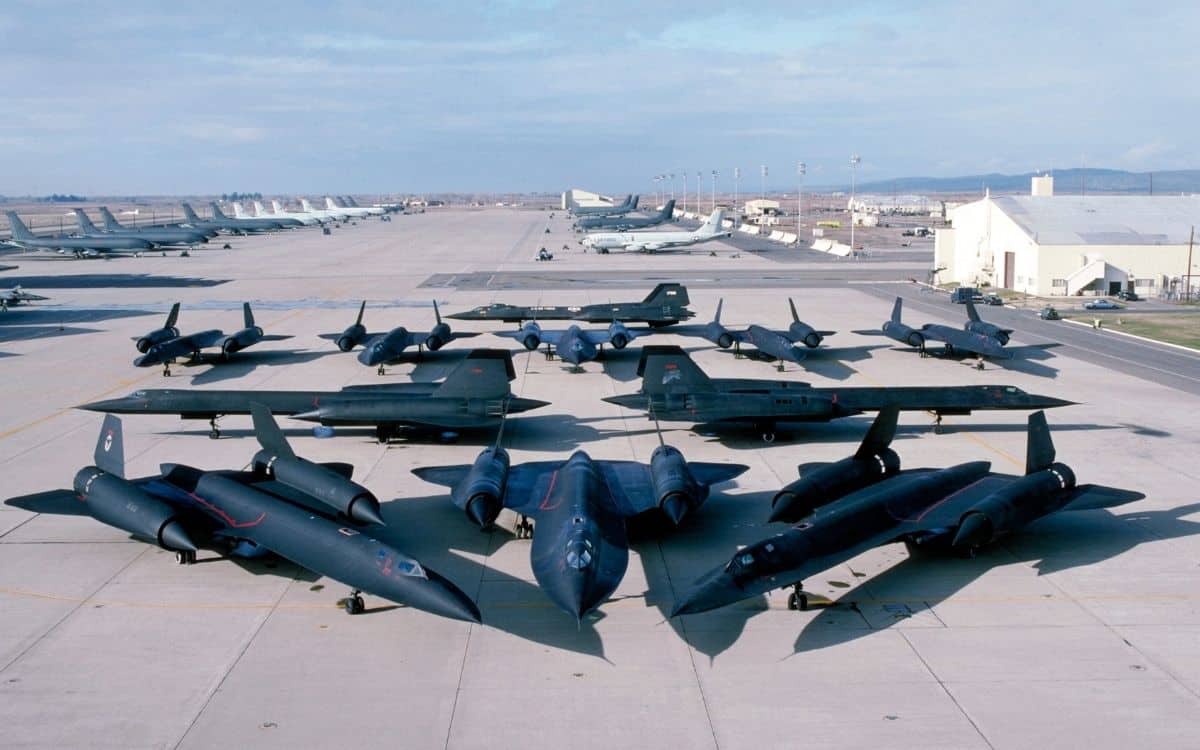
READ MORE: The monstrous Mil Mi-26 is the biggest helicopter in the world and can lift a plane
This fed air directly from the intakes into the afterburners, turning the J58s into ramjets.
This made the engines crazy efficient at those incredibly high speeds.
These engines couldn’t be started from a generator inside the plane like a modern jet.
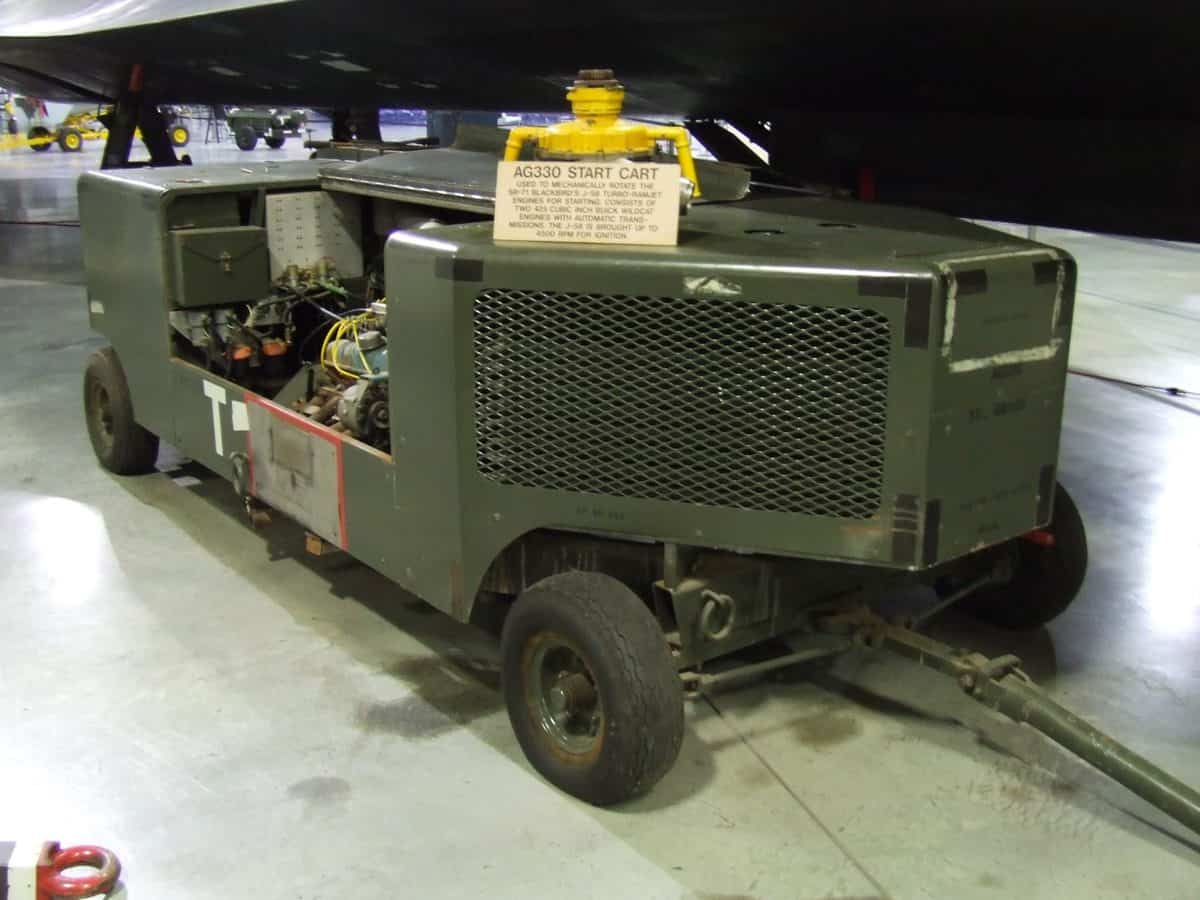
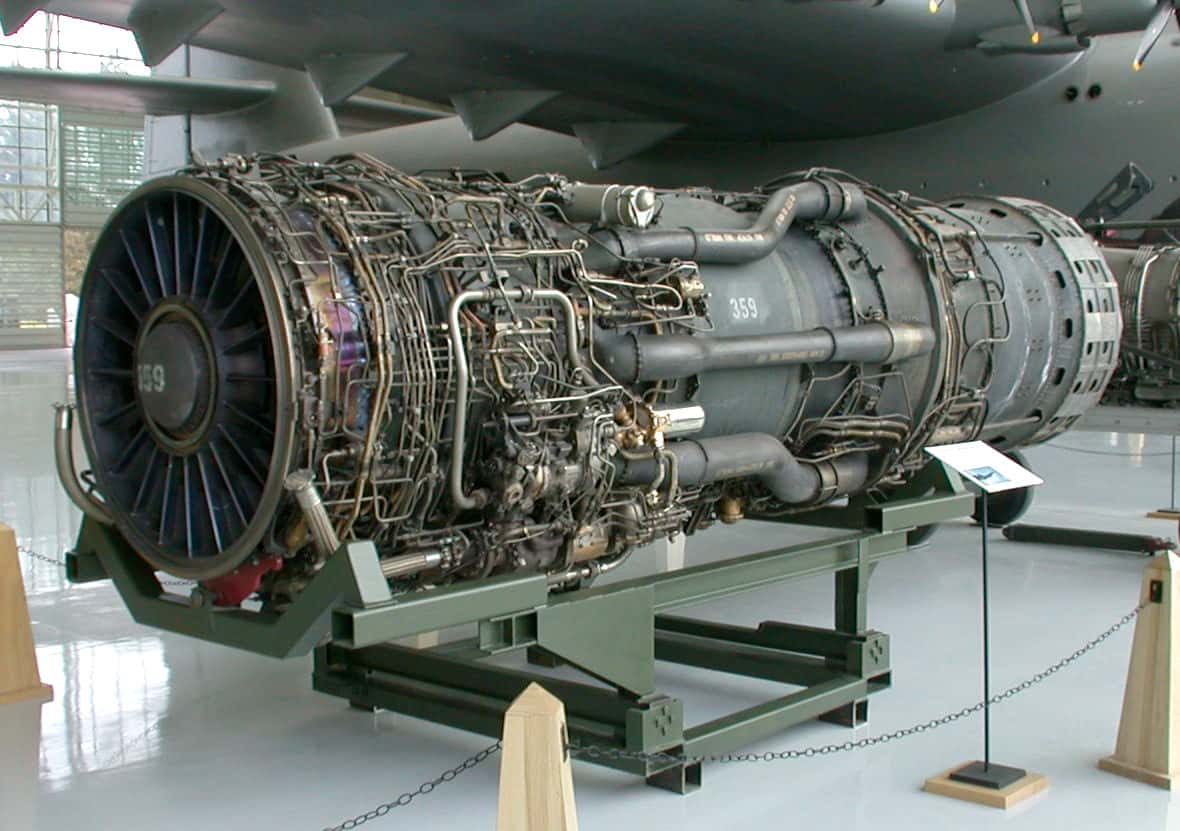
Instead, they had to be started by a ‘start-cart’ that used two V8 car engines to spool up the jets.
Later on, a quieter pneumatic start system was developed.
Spying on the Soviets with SR-71 Blackbird
The speed was insane, but the real work in the Blackbird was done using its super spy reconnaissance equipment.
This was controlled by the reconnaissance systems officer.
They sat in a second cockpit behind the pilot.
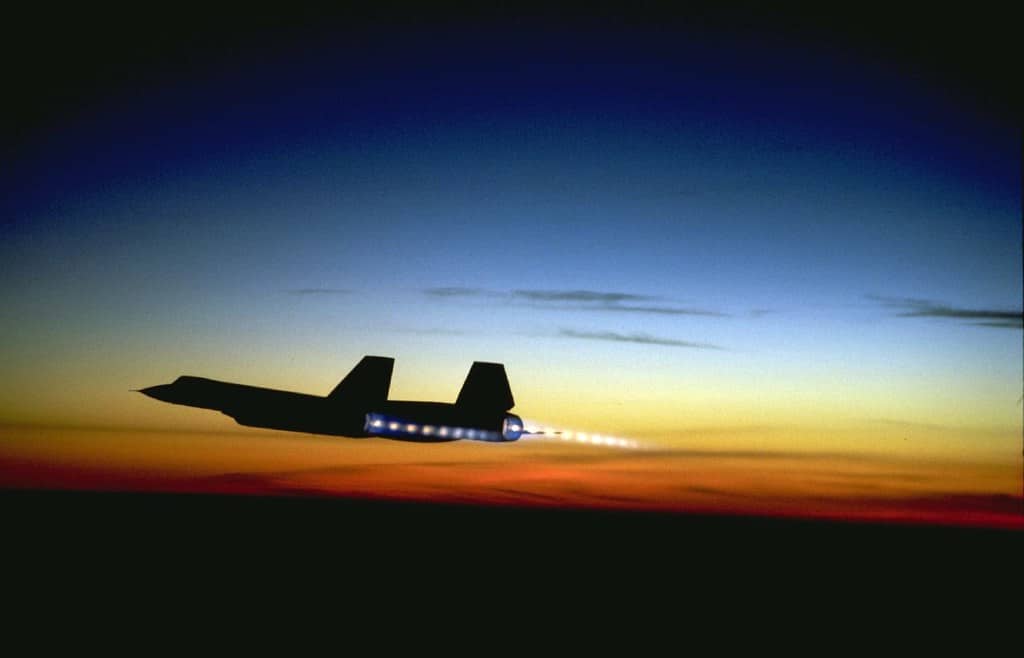
READ MORE: Black Hawk helicopter flies for the first time without a pilot
It had both optical and infrared cameras on board, as well as a side-looking airborne radar (SLAR) and electronic intelligence (ELINT) gathering systems.
The cameras would run throughout the entire mission, spying on Soviet targets from up to hundreds of kilometres away.
The Blackbird was completely unarmed, but it did have defence systems installed that could counter enemy missiles and fighters.
The best defence system the Blackbird had though was to literally speed up.
Even many of today’s missiles can’t catch an aircraft that can fly faster than Mach 3!
Life support for pilots
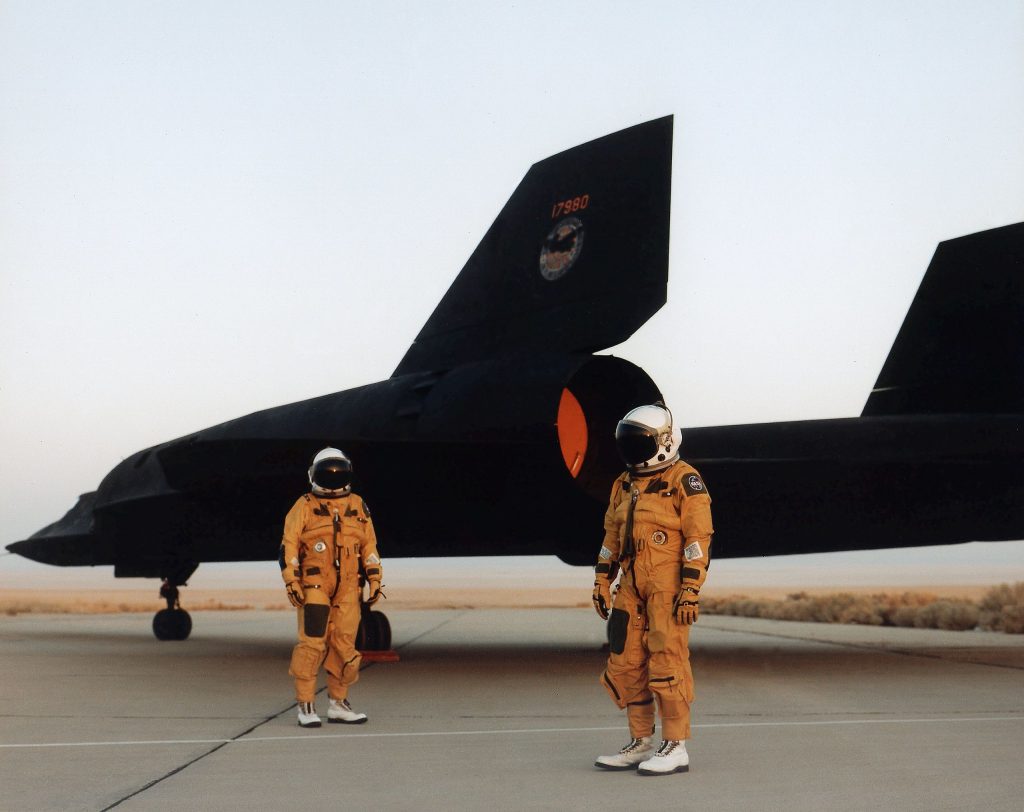
Because the Blackbird flew so high, like the U-2 its pilots had to wear what is essentially a spacesuit.
Standard oxygen masks can’t provide enough oxygen past 13,000 metres (43,000 feet).
This is much lower than the Blackbird’s cruising altitude.
Crucially, these pressure suits would have kept the crew alive if they had ever needed to eject.
Ejecting at Mach 3.2 would have also exposed the crew members to very low oxygen levels.
They would have also been hit by temperatures of about 230 degrees Celsius (450 degrees Fahrenheit)!
These are both things that the suit’s onboard oxygen supply and protective layers would have shielded them from.
What’s next? The SR-71’s successor
The SR-71 was retired in 1999 and, as far as we know, it hasn’t been replaced.
But Lockheed Martin has been working on a successor.
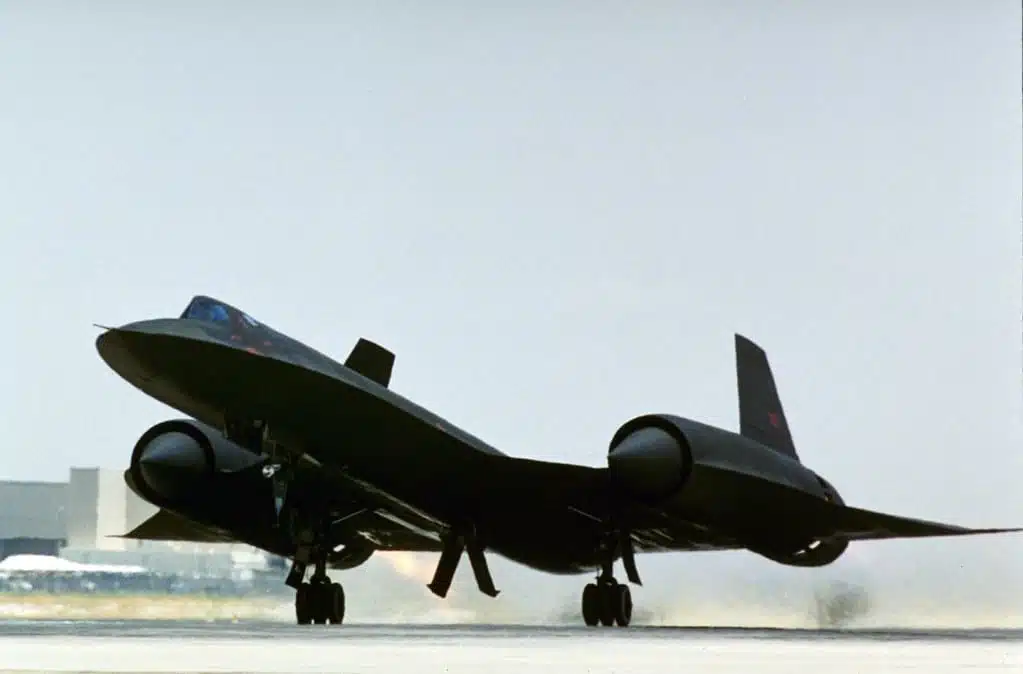
Dubbed the SR-72 or “Son of Blackbird”, it’s planned to be able to reach hypersonic speeds.
A prototype could be flying as soon as 2025.
So how do I get a taste of that speed?
Remember the SR-71 Blackbird top speed is 3,500km/h (2,100 mph).
So, you don’t.
But, the next best thing is mucking around with a super-fast RC plane.
Check out the mini fighter jet we got to play with. It flies 500km/h (310mph)!
You need some skill and experience but this is as much fun you as you can have flying a plane as a civilian.
Plus, no missiles are chasing after you.
DISCOVER SBX CARS: The global premium car auction platform powered by Supercar Blondie

Kate Bain is Lead Editor at supercarblondie.com. She is based in Dubai and coordinates coverage of the latest news across automotive, technology, and lifestyle. Kate has a bachelor's degree in business and post graduate in journalism. She is an experienced editor and journalist who has worked for News Corp, Daily Mail Australia, and Sky News. When she's not at work, you'll find her at the beach with her young family.
.jpg)
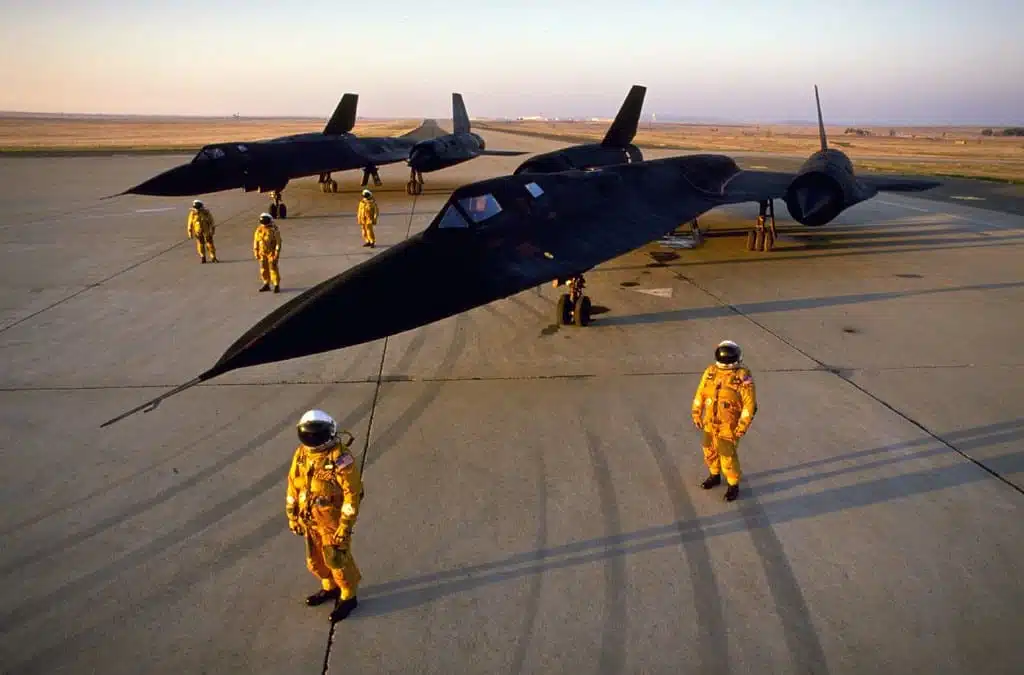


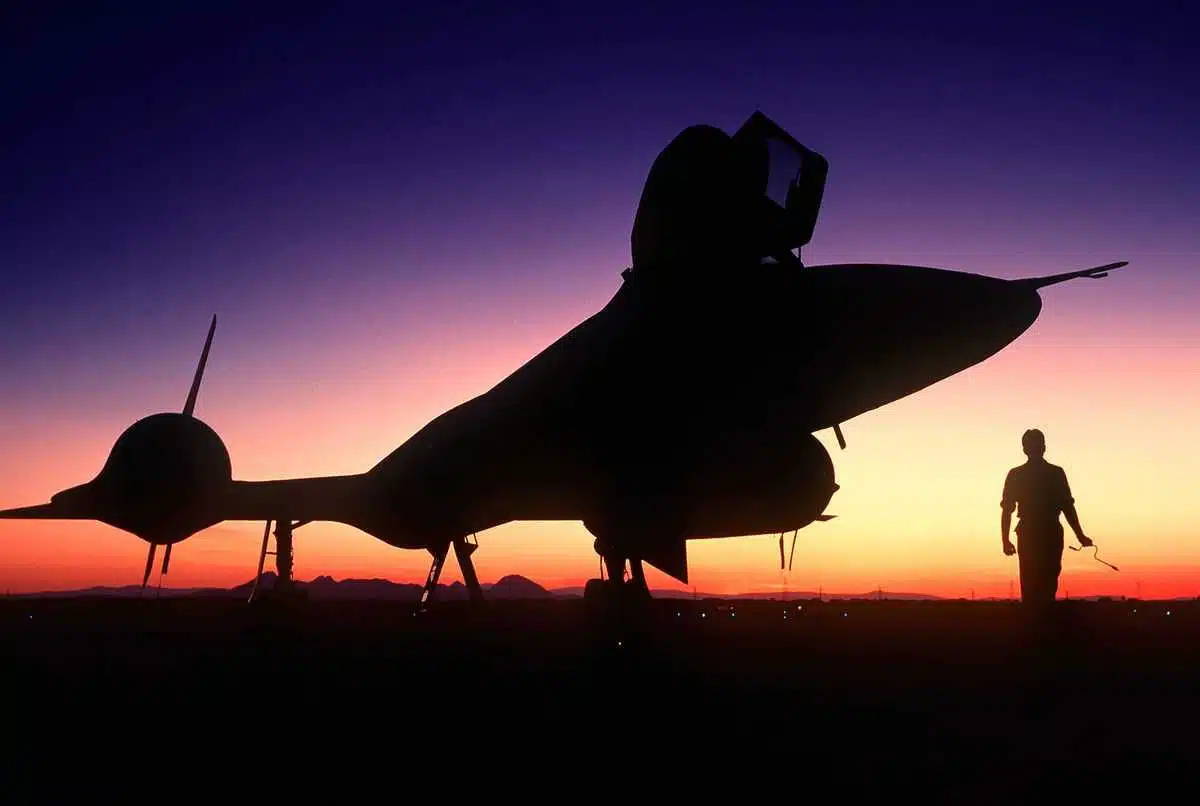


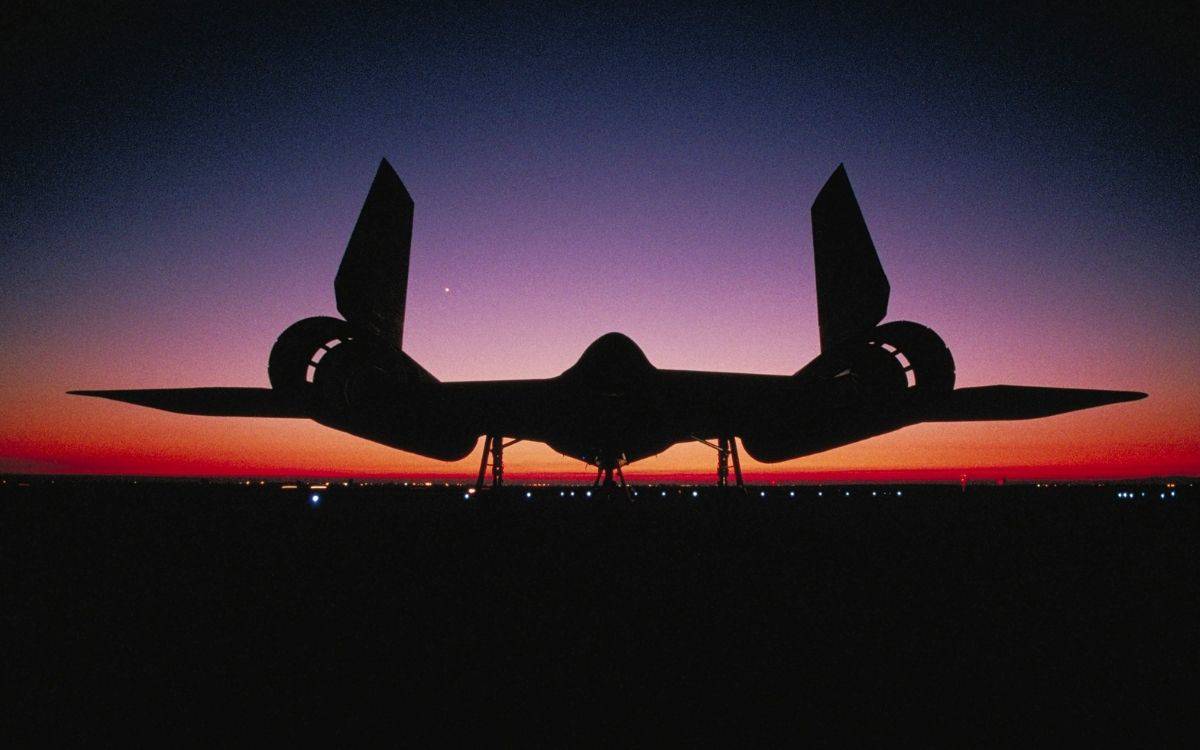
.jpg)


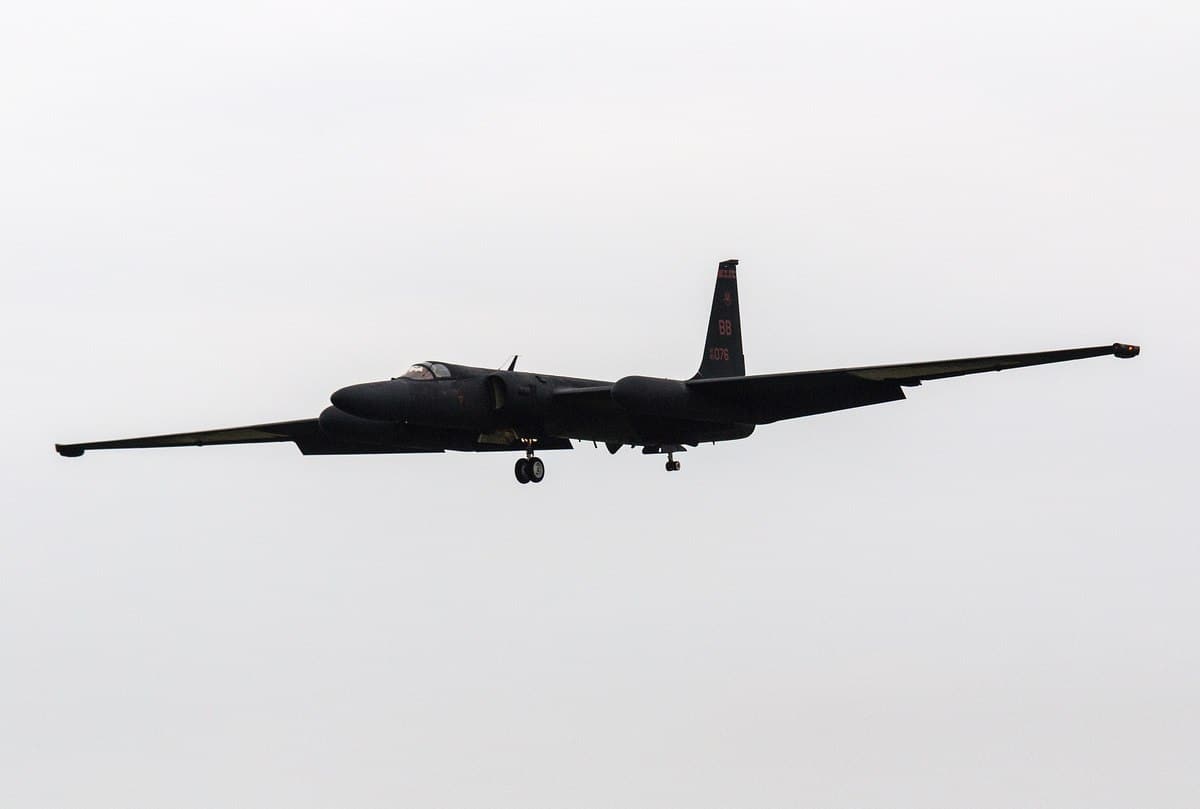









.jpg)





